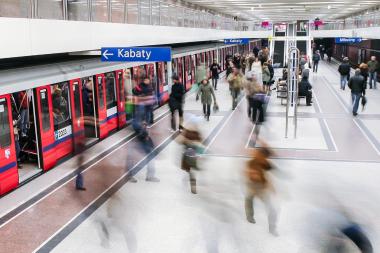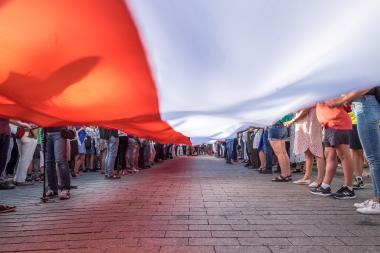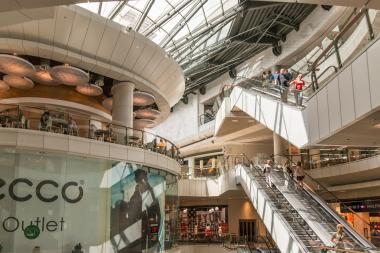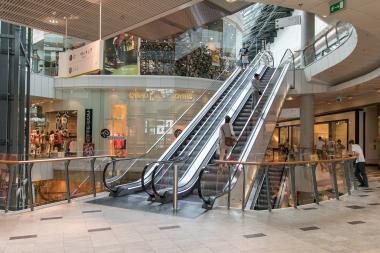Off-price - Boom in bargain hunting
- Off-price becomes a growth machine for the fashion industry
- Off-price segment grows five times faster than regular offer
- Growth of online sales in the off-price segment tripled - market share 40%
- Future growth almost exclusively online
Fashion consumers in Germany appreciate bargain hunting. The off-price segment, in which high-end fashion brands are offered at lower prices in online and offline outlets, was already growing faster than the entire fashion industry before 2020 and has shrunk less during the pandemic. Between 2025 and 2030, the segment is expected to grow five times faster than the entire fashion industry. One reason for this is the strong online presence of this product offering, which benefited from the boom in online shopping during the pandemic.
"Online accounts for 40% of the market in the off-price segment and is growing rapidly at an average of 13% per year. Almost all of the growth in off-price will take place online in the next three years," says Katharina Schumacher, digital expert and author of the study entitled "Mastering off-price fashion in an omnichannel world". "This opens up opportunities for fashion companies to reach new consumers with their brand who would not normally consider a full-price purchase."
For the study, global data on the off-price market was analysed and 11,000 consumers in ten countries were surveyed. German shoppers are particularly interested in bargains. In the past year, many consumers in Germany have increasingly shopped online. In the off-price segment, the growth of the online market has tripled: from 9% compound annual growth rate (CAGR) in 2020 to 27% in 2021.
By 2025, growth in Germany as well as in Austria could amount to 16% per year. The average in the EU lies at 13%. In addition, offprice offers fashion brands the opportunity to sell their surplus goods in a sustainable way.
Typical online off-price consumers, so-called enthusiasts, are particularly interested in luxury, affordable luxury and premium products and buy on specialised platforms such as dress-for-less, BestSecret, brands4friends or Scarce. They value style and usually start without a specific brand in mind. They enjoy comparing prices and spend 2.3 times more than other fashion consumers. In Germany, 30% of off-price shoppers who spend more than 1,000 euros per year account for 70% of total fashion spending. "However, these shoppers are generally willing to pay full price for premium and luxury brands," says Achim Berg, fashion industry expert at McKinsey. "Fashion suppliers should therefore carefully consider which goods they offer off-price."
Offline purchases with increasing expectations
Off-price shoppers who shop in stores are often younger and have a higher purchasing power than other fashion consumers. They like to shop in outlet centres, while they often shy away from going to a regular luxury shop on a shopping mall.
"Outlets therefore offer luxury fashion companies the opportunity not only to increase their profitability but also to reach new groups of shoppers without cannibalising their full-price assortment and damaging their brand," says Felix Rölkens, McKinsey expert for the fashion industry and co-author of the study. "However, shoppers expect more and more from outlets: comparable shop layouts as in regular brick-and-mortar retail, multilingual shoppers, restaurants and a good shopping experience."
McKinsey & Company









